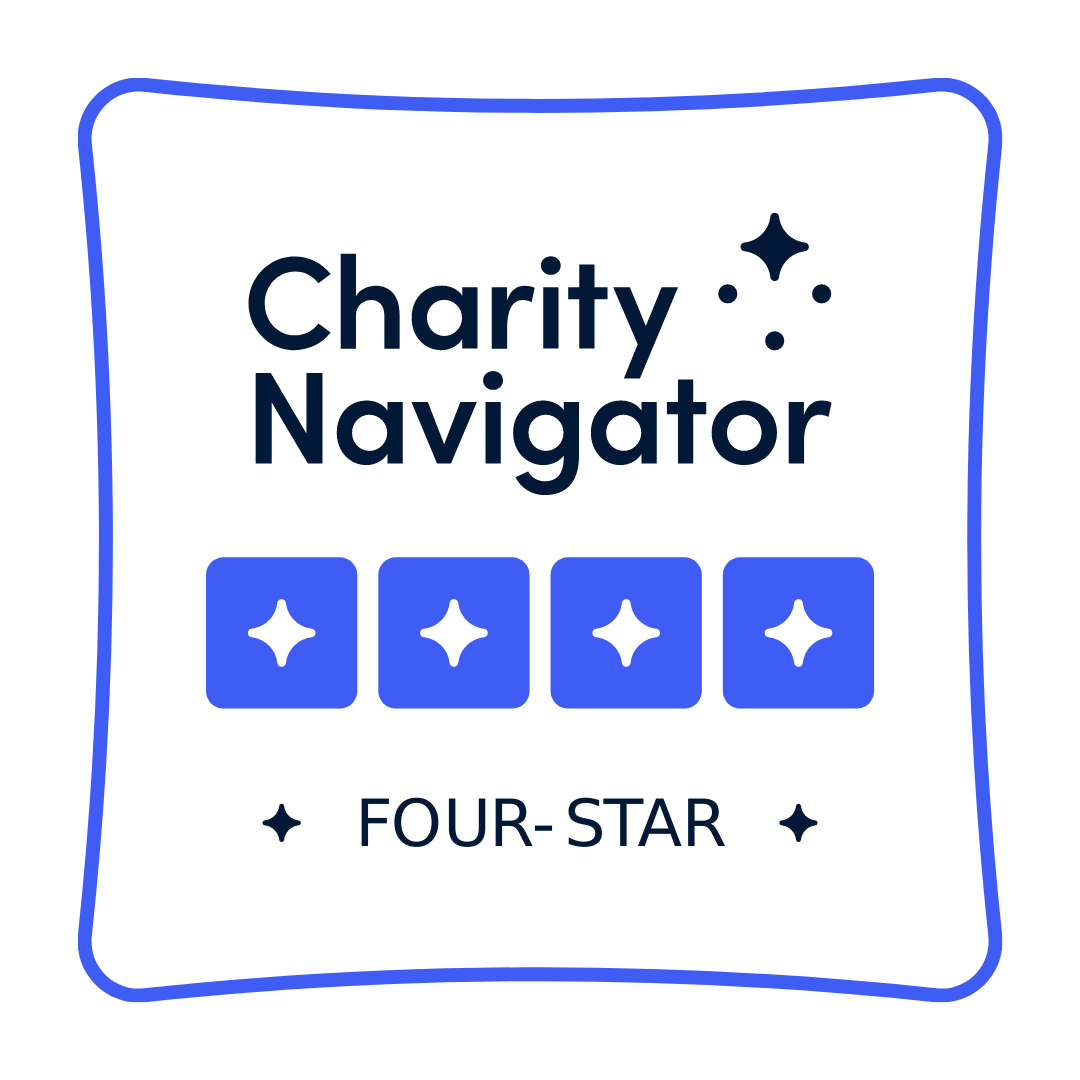Baker Electric Solar Helps San Diego Food Bank Go Green with Solar
September 28, 2016
In the summer of 2015, the Jacobs & Cushman San Diego Food Bank went solar with Baker Electric Solar in order to save money on energy and mitigate their impact on the environment. Joan and Irwin Jacobs donated $1 million to cover the cost of the 350 kW (kilowatt) system. The solar installation will yield $120,000 in annual savings. This huge reduction in electricity costs allows the Food Bank to further invest in the community they serve. In fact, the savings the Food Bank realizes from going solar will result in 600,000 additional meals to San Diegans in need each year. The significant reduction in energy costs also allows the Food Bank to afford more costly fresh produce on top of doubling its cooling capacity, allowing them to keep more food than ever fresh. Kevin Weinberg, of Baker Electric Solar's commercial solar division, explained that "any nonprofit that handles refrigeration or has a lot of lighting, such as SDFB, is a good candidate for solar." He continued by saying, "It's about energy consumption. If an organization has a large roof or space on the ground, such as a parking lot with existing carport structures, they can benefit from solar."In addition to the Jacobs' generous donation, the Food Bank also tapped into an incentive through the Center for Sustainable Energy (CSE) to supplement the funds spent on going solar. According to Casey Castillo, Vice President of Finance and Administration for the Food Bank, because they're able to meet targets for energy use reductions, they'll receive $90,000 annually from CSE over the course of five years, which will bring their ROI down to just five short years. The solar system isn't just financially sustainable, however. It will also save the CO2 emissions equivalent of 594,747 pounds of coal, the equivalent annual greenhouse gas emissions of 1,318,356 miles driven by an average passenger vehicle and produce 803,000 kWh of energy for the Food Bank annually - enough to power 125 family homes for an entire year. Each 4-foot-by-5-foot solar panel alone will enable the Food Bank to provide an additional 513 pounds of food to families in need through energy cost savings. Switching to solar was one step in the Food Bank's goal of becoming a LEED certified organization. The U.S. Green Building Council's LEED (Leadership in Energy and Environmental Design) certification program was launched in 2000 "so that the world's leading businesses would have a tool that would deliver the immediate, measureable results they need to prove that what is good for the environment is also good for the bottom line," said Rick Fedrizzi, CEO and founding chair of USGBC.On top of installing solar, the Food Bank also undertook related projects including installing energy-efficient lighting and controls in order to achieve their LEED certification. This involved a lighting retrofit from old, inefficient incandescent bulbs to newer LEDs, as well as the installation of new highly efficient air conditioning units and participation in SDG&E's demand-response program. Through this program, the Food Bank has agreed to reduce energy usage in peak demand times in order to increase savings. Going solar also benefited the Food Bank by demonstrating to donors that they're responsible stewards of funds. Castillo said that "because we are a non-profit, that is something that also helps to bring in more donors." This allows them to do even more in the communities they serve, effectively allowing the Food Bank to reach more families that struggle with food insecurity in San Diego.





